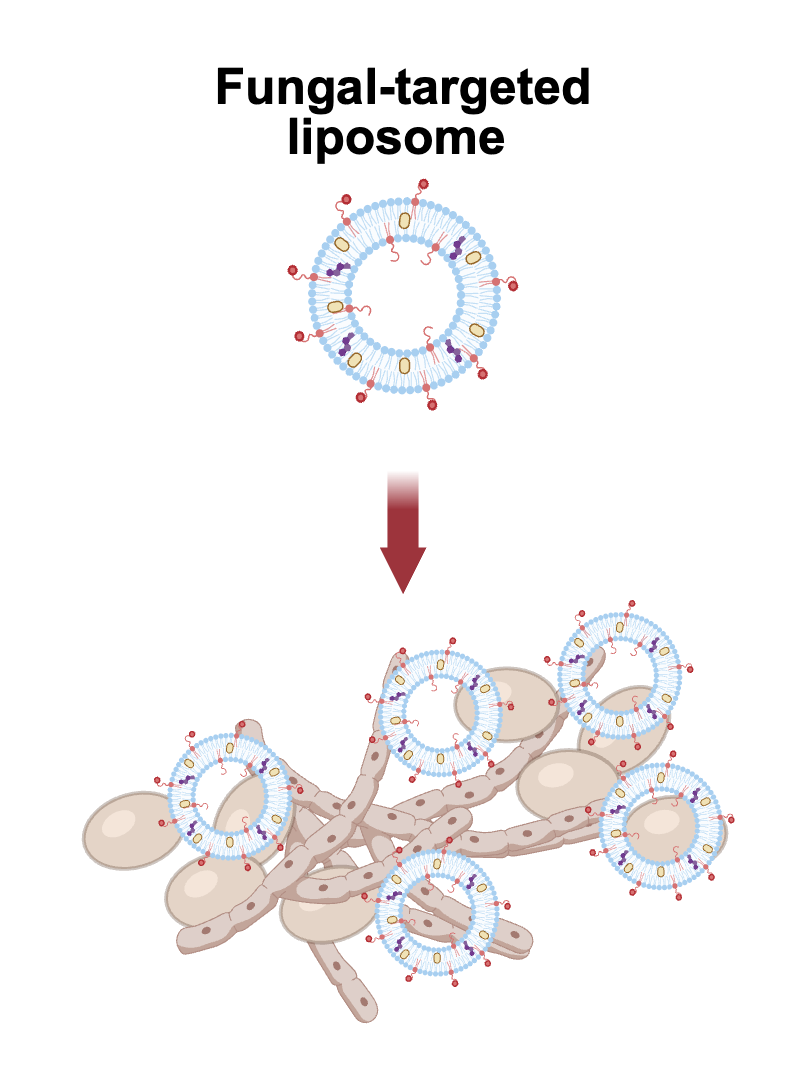2025-05-01 ジョージア工科大学

Schematic representation of cofactor-bound Walker A P-loops. This figure is adapted from Demkiv et al., Mol. Biol. Evol. 2025, 42, msaf055, originally published under a CC-BY license.
<関連情報>
- https://research.gatech.edu/protein-problem-georgia-tech-researchers-challenge-fundamental-assumption-evolutionary-biochemistry
- https://academic.oup.com/mbe/article/42/4/msaf055/8071345
PループNTPaseの初期進化における機能的連続性の限界を再定義する Redefining the Limits of Functional Continuity in the Early Evolution of P-Loop NTPases
Andrey O Demkiv , Saacnicteh Toledo-Patiño , Encarnación Medina-Carmona , Andrej Berg , Gaspar P Pinto , Antonietta Parracino , Jose M Sanchez-Ruiz , Alvan C Hengge , Paola Laurino , Liam M Longo …
Molecular Biology and Evolution Published:12 March 2025
DOI:https://doi.org/10.1093/molbev/msaf055
Abstract
At the heart of many nucleoside triphosphatases is a conserved phosphate-binding sequence motif. A current model of early enzyme evolution proposes that this six to eight residue motif could have sparked the emergence of the very first nucleoside triphosphatases—a striking example of evolutionary continuity from simple beginnings, if true. To test this provocative model, seven disembodied Walker A-derived peptides were extensively computationally characterized. Although dynamic flickers of nest-like conformations were observed, significant structural similarity between the situated peptide and its disembodied counterpart was not detected. Simulations suggest that phosphate binding is nonspecific, with a preference for GTP over orthophosphate. Control peptides with the same amino acid composition but different sequences and situated conformations behaved similarly to the Walker A peptides, revealing no indication that the Walker A sequence is privileged as a disembodied peptide. We conclude that the evolutionary history of the P-loop NTPase family is unlikely to have started with a disembodied Walker A peptide in an aqueous environment. The limits of evolutionary continuity for this protein family must be reconsidered. Finally, we argue that motifs such as the Walker A motif may represent incomplete or fragmentary molecular fossils—the true nature of which has been eroded by time.


